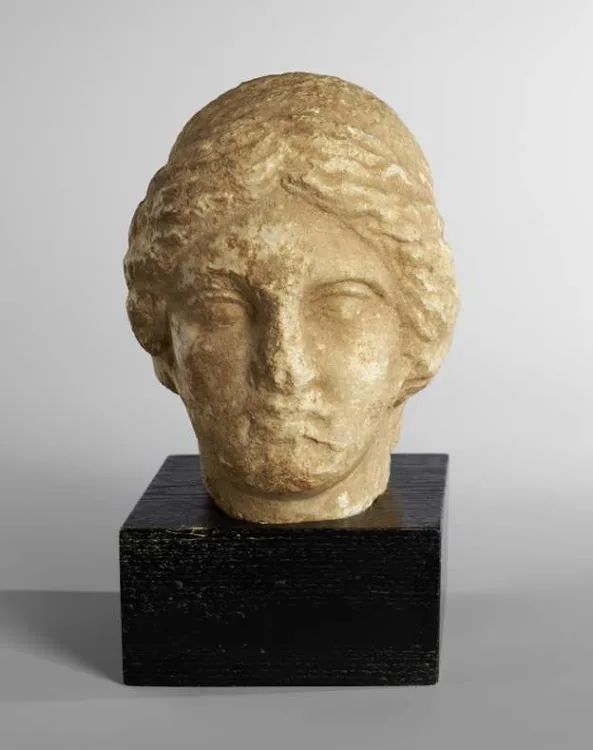Switzerland has returned a 2,000-year-old marble sculpture of a young woman’s head to Libya, marking the culmination of a decade-long legal process.

Carine Bachmann, the Director of the Federal Office of Culture (FOC), handed over the 19-centimetre-tall Hellenistic artifact, believed to date between the 1st century BC and the 1st century AD, to the Libyan embassy in Bern.
“It most likely originated from the archaeological site of the ancient city of Cyrene, located in the Cyrenaica region in present-day Libya” and is “tangible evidence of Greek expansion in North Africa”, the office noted.
Customs authorities discovered the marble sculpture during an inspection of a Geneva warehouse in 2013. Swiss authorities legally confiscated it in 2016 after conducting criminal proceedings in the canton of Geneva. The investigation, which was initiated based on a complaint from customs authorities, uncovered “sufficient reason to believe that it had been acquired as part of an illegal excavation.” Importing stolen or looted cultural goods into Switzerland is a violation of the Federal Act on the International Transfer of Cultural Property (CPTA). Despite efforts, the investigation could not pinpoint how the object ended up in Switzerland.

The return of this culturally significant find also aligns with Switzerland and Libya’s commitment to the 1970 UNESCO Convention on the Means of Prohibiting and Preventing the Illicit Import, Export, and Transfer of Ownership of Cultural Property. Both countries are parties to this convention, further reflecting their shared dedication to curbing the illegal trade of cultural artifacts.
The gesture takes on added significance given the threats faced by Libya’s UNESCO World Heritage Sites, such as Cyrene, from looting and destruction. In response to this menace, the International Council of Museums (ICOM) issued an Emergency Red List in 2015, aiming to safeguard Libya’s cultural heritage and combat illicit trade.

